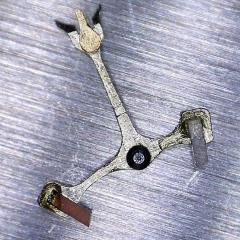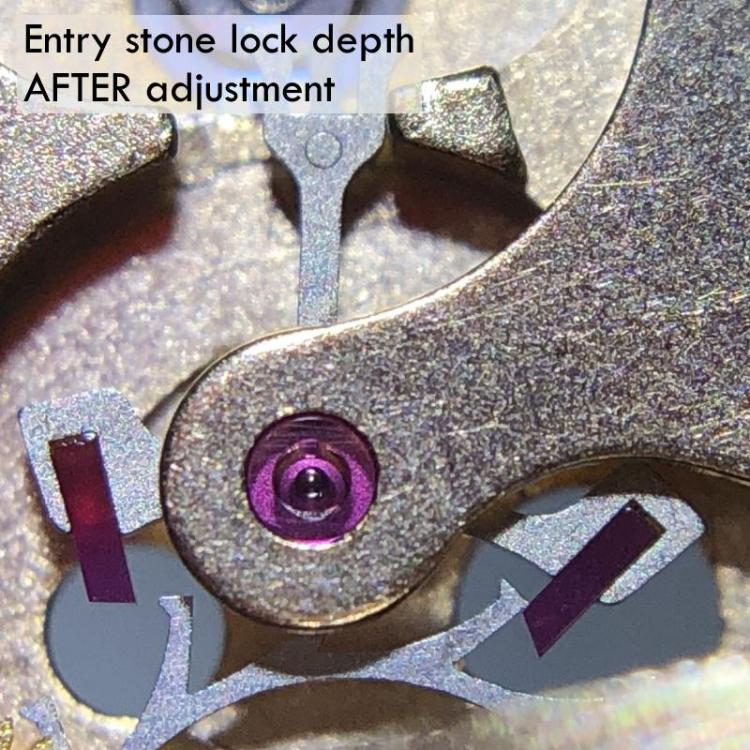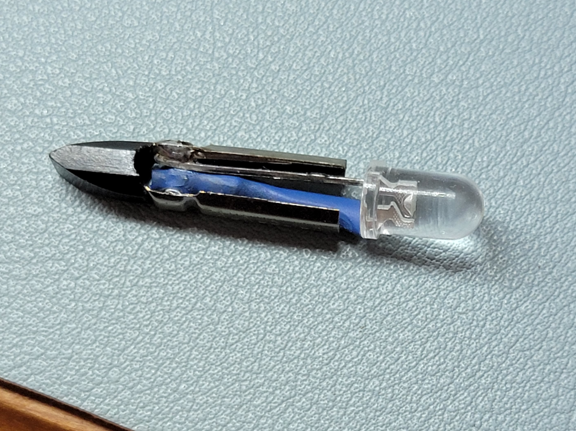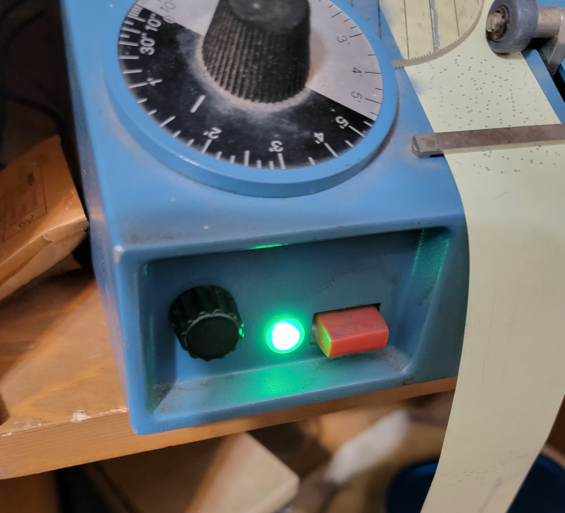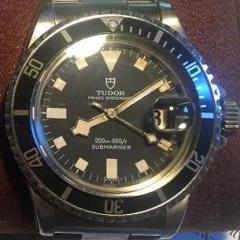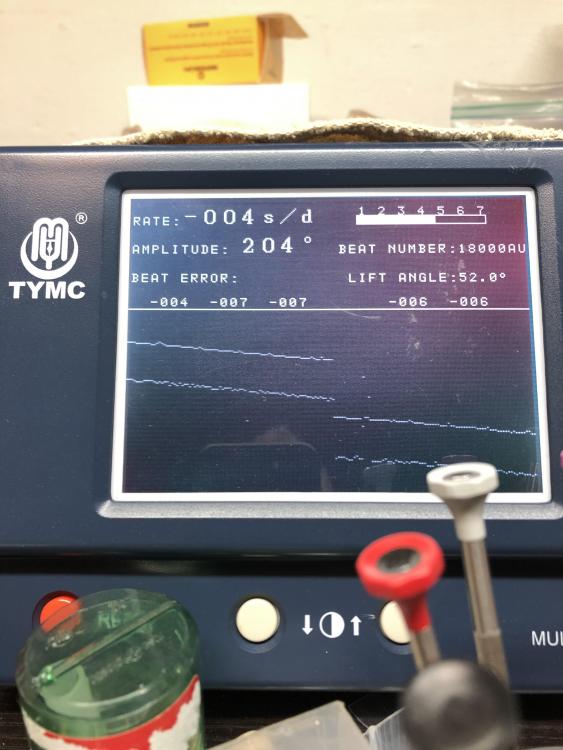Leaderboard
Popular Content
Showing content with the highest reputation on 11/27/21 in Posts
-
I have seen and heard of several variants of this cap jewel cleaning method, but none of them have felt really safe so I invented my own variant and was so happy with it that I recorded a video of it. Hope you like it and get use of this "safe" method for cleaning cap jewels.1 point
-
One of the things that catches people new to watch repair is looking for problems that don't exist and not looking at the basic stuff. I seriously doubt it would be overbanking but just in case it is I have a link to video which explains what it is https://youtu.be/DxeM85XRTbU Perhaps what you're thinking was another word like rebanking https://youtu.be/Rcqrb3_vin8 Because the above example doesn't have a digital machine here's another version you'll notice of the amplitude has to be much higher than what you have and he has basically a straight line until the condition occurs which is not what you have https://youtu.be/7KNTrHVD088 Went back in the is reading original posting and I'm confused? It indicates that you service the watch Which usually involves cleaning everything. So perhaps just a quick list of servicing means to you to do what? No words what did you do the watch you took it apart and1 point
-
From previous posts I believe that your hairspring is 95% or more near to perfect shape. It's normal for an hairspring not to "breath" perfectly even all around. In my experience that is not enough to cause rate fluctuations.1 point
-
1 point
-
I know submerging the movement in lighter fluid for ten to fifteen seconds would not hurt its electronics. So if you drop the movement with battery fitted and running, in lighter fluid for ten seconds, old dried oil will somewhat dissolve, take the movement out let dry as its runing. In case this movement has no electronic issue, it will keep good time again for couple of months plus you know all it needs is a clean and lube. Just a dummn idea thats known to work.1 point
-
1 point
-
You are talking about Swiss branded products, which are costly and as as buying incentive may deliver additional features. While I'm referring to the typical, low priced, China made "quartz line release", or "blue box demag", or even "Bergeon 3321 copy". These all deliver a pulse that is as long as you press the button. Yes, I believe you are. Back in the stone age, my 3.5" floppy disks and their external unit could not stand even close to the CRT monitors without becoming corrupted. Lucky, these troubles are now a thing of the past.1 point
-
If you're going to service the movement you might want to do it properly like checking the current consumption first. And what it serviced measured it again to give you a clue if you actually succeeded. And if you're looking for the service guide I've attached it. 1021_Citizen 5500, 5501, 5502, 5503, 5510, 5511, 5530A.pdf1 point
-
A very good job I would say. Working with shellac can be fiddly. It looks neat and tidy.1 point
-
I use silicone jewel picker-upper for this job (on cigarette paper), but I like this idea and I will try it in comparison.1 point
-
Same symptoms can develope due to moisture damage to electronics. This caliber might be obsolete, in case exploded view of the movement is not available and you decide to attack this yourself, take pictures at every stage of disassembly. Good luck1 point
-
1 point
-
1 point
-
I like it. What I have done is to just hold the cap jewel with my finger. This is not so elegant...peg wood is better. I also like taping down the watchmaker paper. A few times I have nudged the paper and my jewel went flying. Taping is good.1 point
-
1 point
-
No book is needed for a beginner, but a "line release" box is. Or at least a demagnetizer. Next, after that failing check or replace coil.1 point
-
Not being perfectly happy with my shellac sticks, I bought cousinsUK's shellac flakes and just tried them out on a Unitas 6380 having too much lock. Color-wise the flakes are somewhere in between my clear stick and my dark brown stick of shellac. The flakes seem just as hard as the clear stick shellac but slightly less brittle. So, I'll be using the flakes from now on and would recommend them. It doesn't show much but here's a picture of the Unitas 6380 pallets attached with my new shellac flakes.1 point
-
I've never repaired a quartz watch and will likely never do that. Not because I don't like quartz watches, but because I'm more into mechanical watches. Anyway, I have serviced an ETA quartz movement (Calibre 955.112) and was surprised to see how the non-electronic parts were basically the same as in a mechanical watch. Anyway, If it's of any use to you, you'll find my service walkthrough of that ETA quartz movement here.1 point
-
Hi Mark attached are a couple of manuals, The Witschi one is quite general and the SMQ deals with the Bulova the principals are the same. Henry B Freid also has a book "Repairing Quartz Watches," that one I have and can recomend as a good starting point cheers Witschi Training Course.pdf SMQ Service Manual Bulova.pdf1 point
-
Continuing with my Vibrograf obsession (finally got off of lathes!), I noticed that the pilot lamp was dead. A quick search on the interweb did not yield a replacement, so I just modified the lamp by changing it from an incandescent bulb to an LED bulb while using the same bulb housing. Unsolder the old bulb and solder in the LED+resistor.1 point
-
1 point


